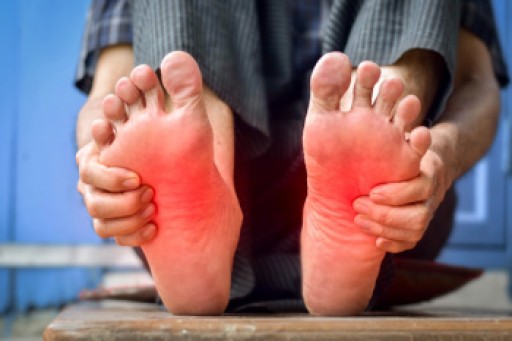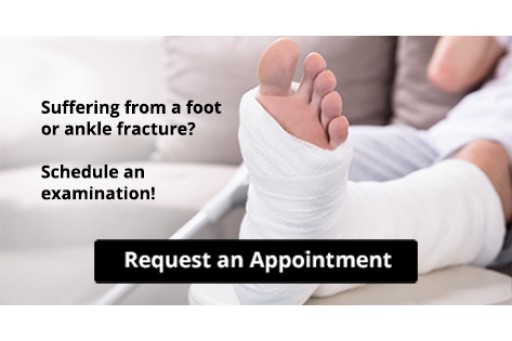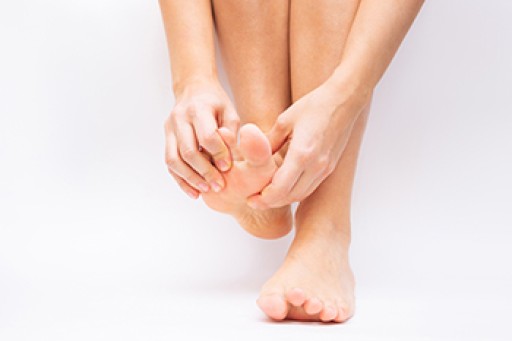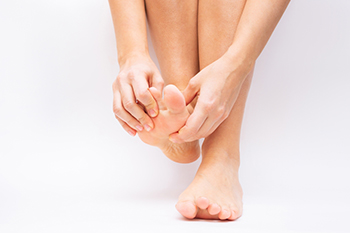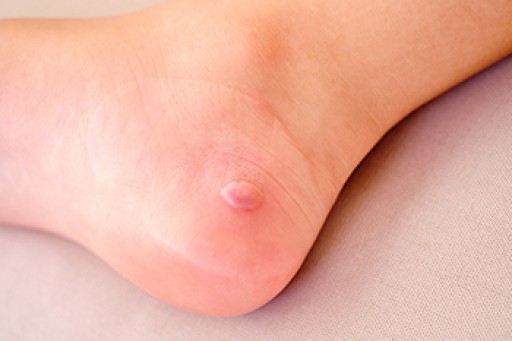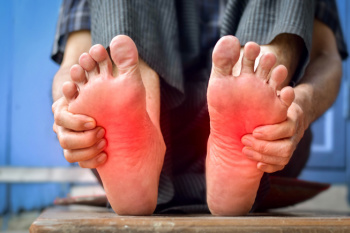
Foot arthritis is a condition that involves inflammation and degeneration in the joints of the foot, leading to pain, stiffness, and decreased mobility. It occurs when the protective cartilage in the joints wears away, causing bones to rub together and resulting in discomfort during movement. Common symptoms include swelling, tenderness, reduced range of motion, and pain that worsens with activity. Several types of arthritis can affect the foot. Osteoarthritis is the most common, developing from wear and tear over time. Rheumatoid arthritis is an autoimmune condition that targets the joints, often affecting both feet symmetrically. Post-traumatic arthritis can develop after injuries such as fractures or sprains. If you have symptoms of foot arthritis, it is suggested that you consult a podiatrist who can provide effective treatment solutions for the type you may have.
Arthritis can be a difficult condition to live with. If you are seeking treatment, contact one of our doctors from Advanced Foot & Ankle Medical Center. Our doctors can provide the care you need to keep you pain-free and on your feet.
Arthritic Foot Care
Arthritis is a term that is commonly used to describe joint pain. The condition itself can occur to anyone of any age, race, or gender, and there are over 100 types of it. Nevertheless, arthritis is more commonly found in women compared to men, and it is also more prevalent in those who are overweight. The causes of arthritis vary depending on which type of arthritis you have. Osteoarthritis for example, is often caused by injury, while rheumatoid arthritis is caused by a misdirected immune system.
Symptoms
- Swelling
- Pain
- Stiffness
- Decreased Range of Motion
Arthritic symptoms range in severity, and they may come and go. Some symptoms stay the same for several years but could potentially get worse with time. Severe cases of arthritis can prevent its sufferers from performing daily activities and make walking difficult.
Risk Factors
- Occupation – Occupations requiring repetitive knee movements have been linked to osteoarthritis
- Obesity – Excess weight can contribute to osteoarthritis development
- Infection – Microbial agents can infect the joints and trigger arthritis
- Joint Injuries – Damage to joints may lead to osteoarthritis
- Age – Risk increases with age
- Gender –Most types are more common in women
- Genetics – Arthritis can be hereditary
If you suspect your arthritis is affecting your feet, it is crucial that you see a podiatrist immediately. Your doctor will be able to address your specific case and help you decide which treatment method is best for you.
If you have any questions please feel free to contact our offices located in Agoura Hills, Simi Valley, Thousand Oaks Marin St., and Thousand Oaks Haaland Drive, CA . We offer the newest diagnostic tools and technology to treat your foot and ankle needs.
